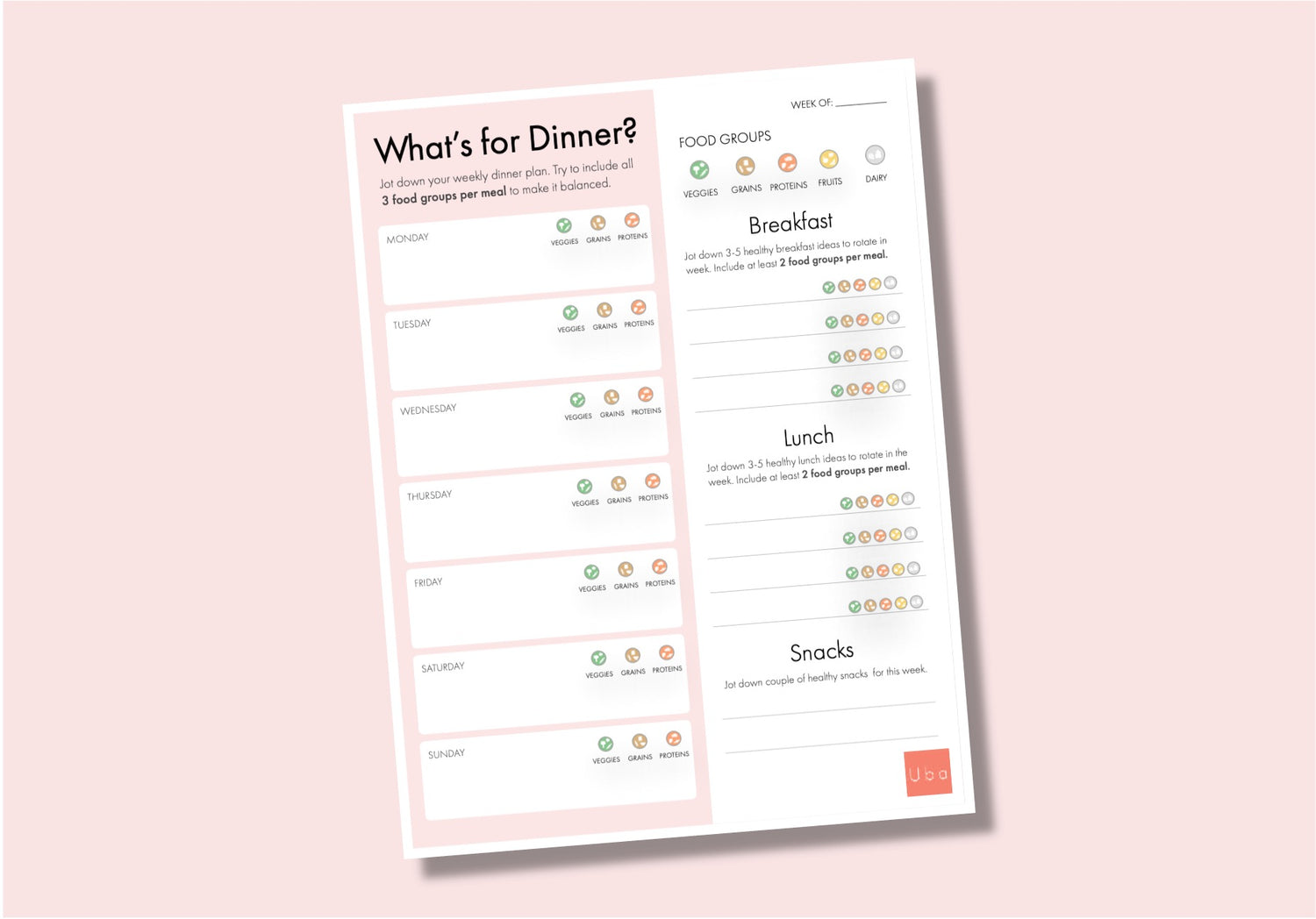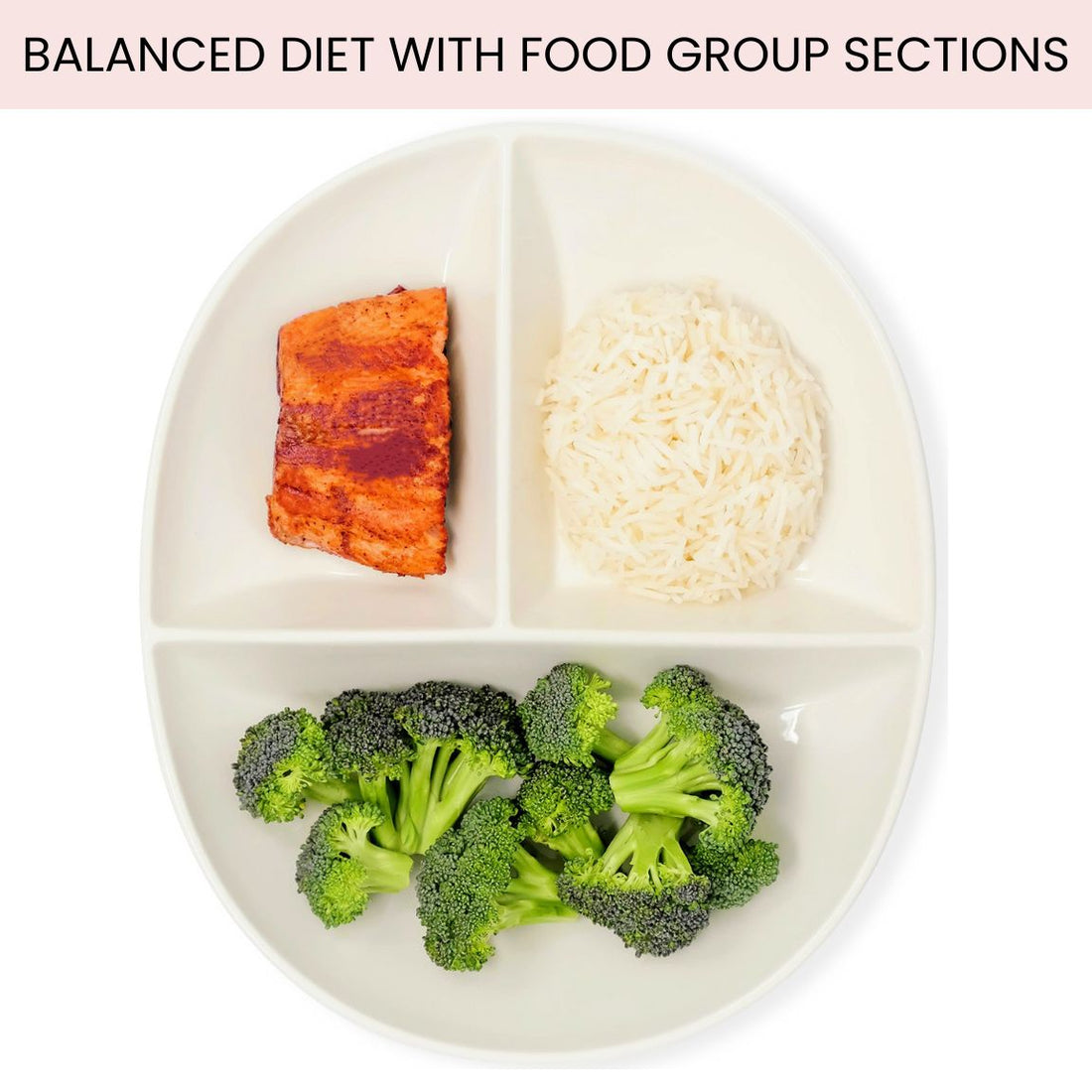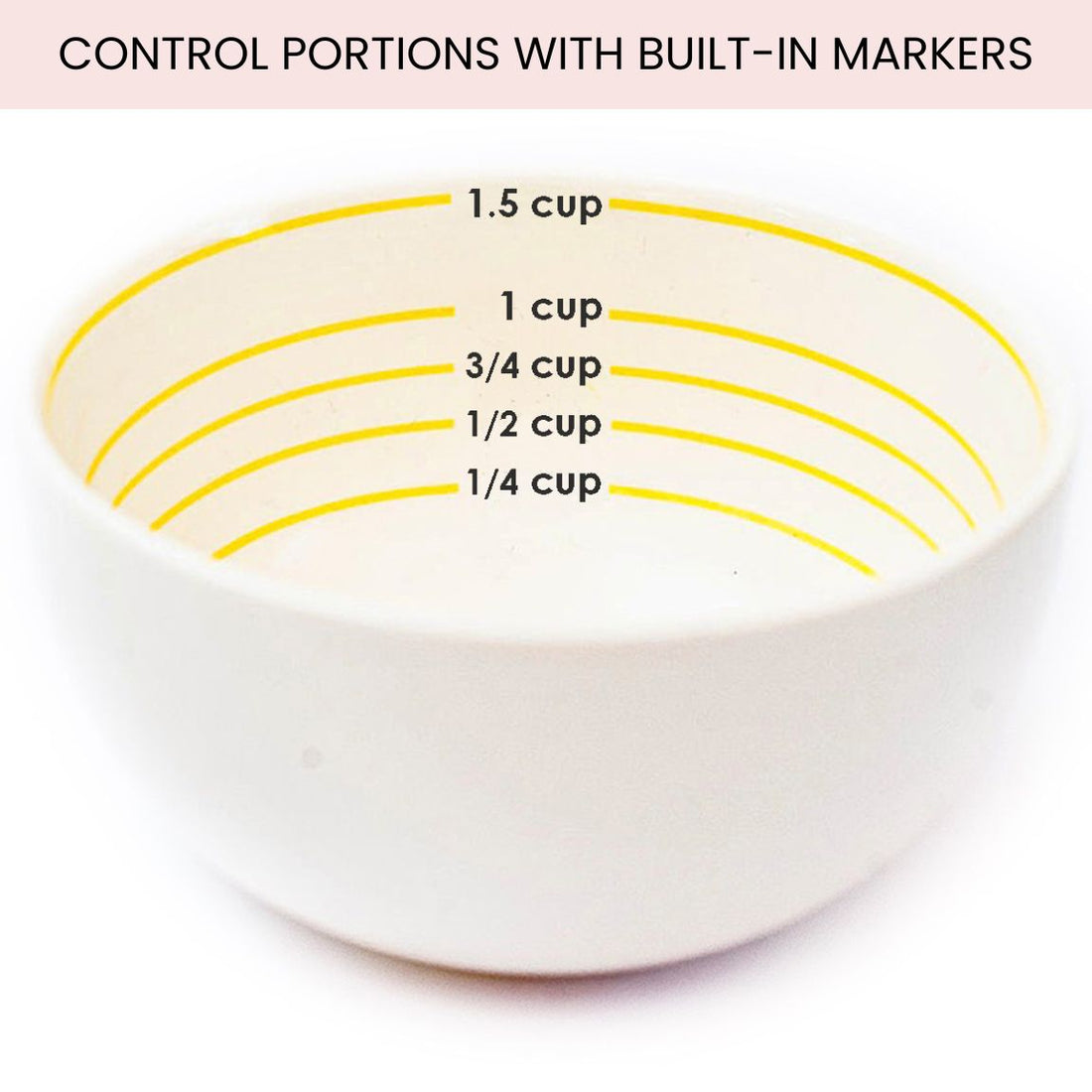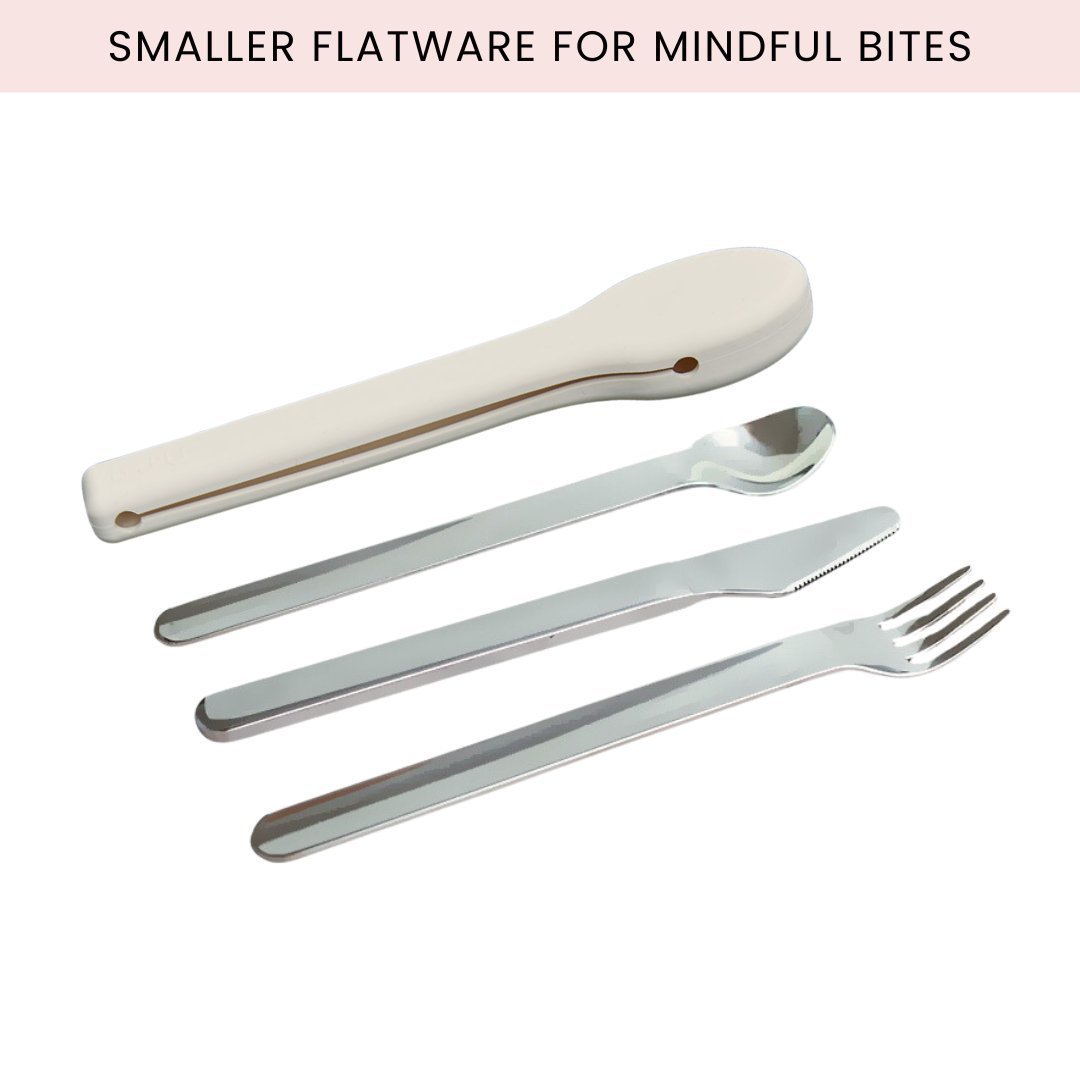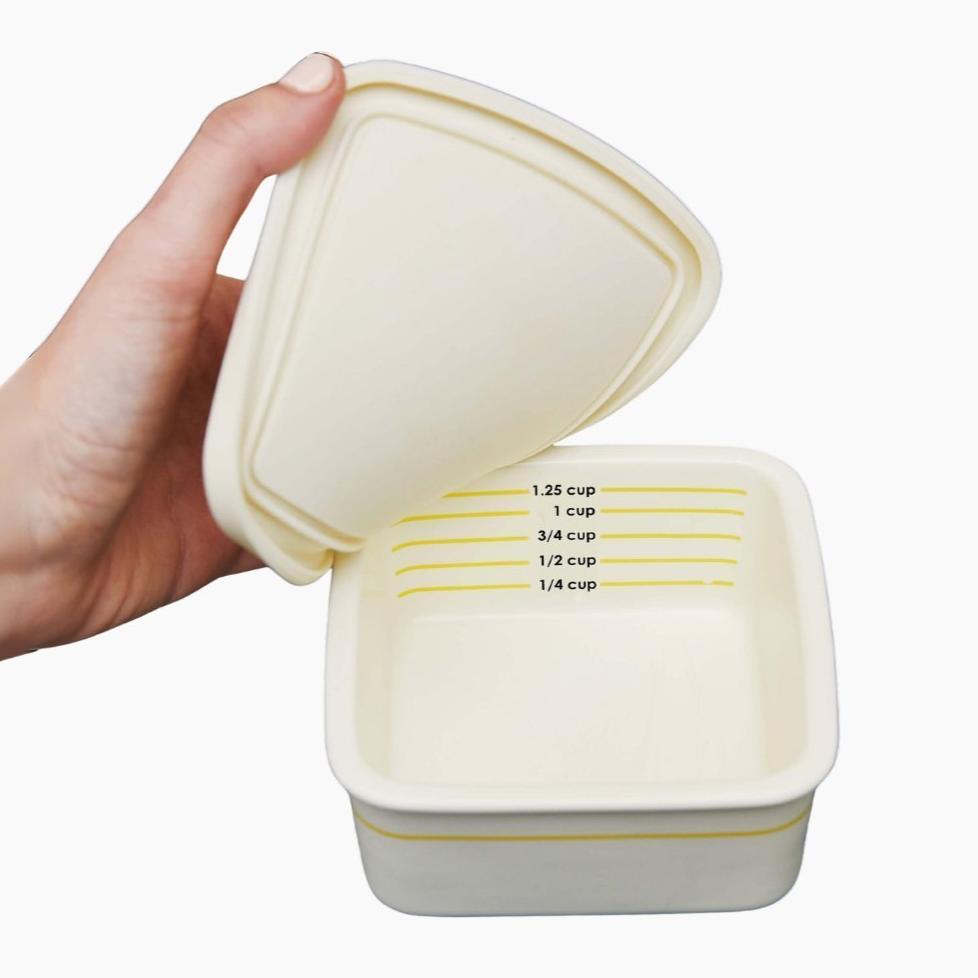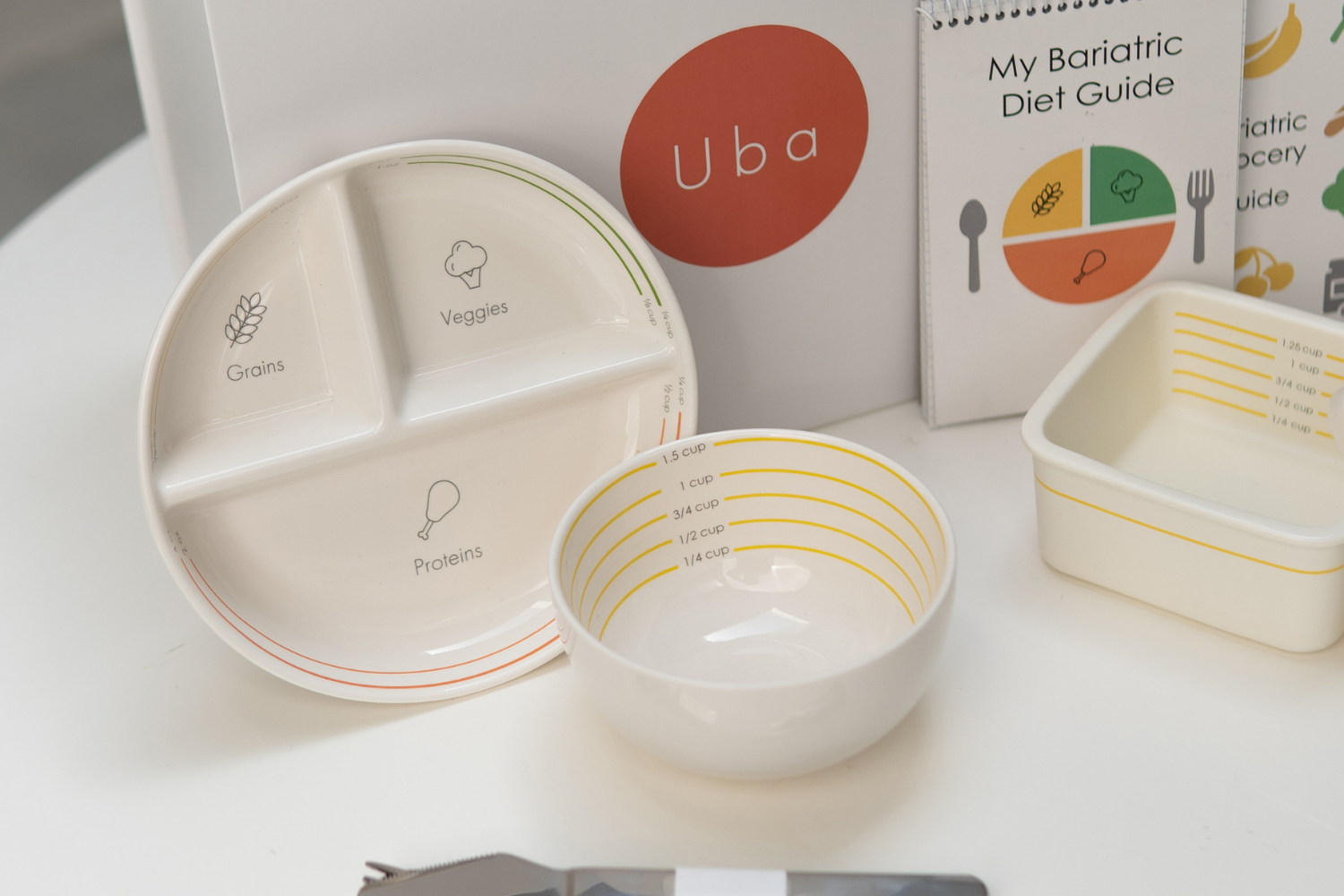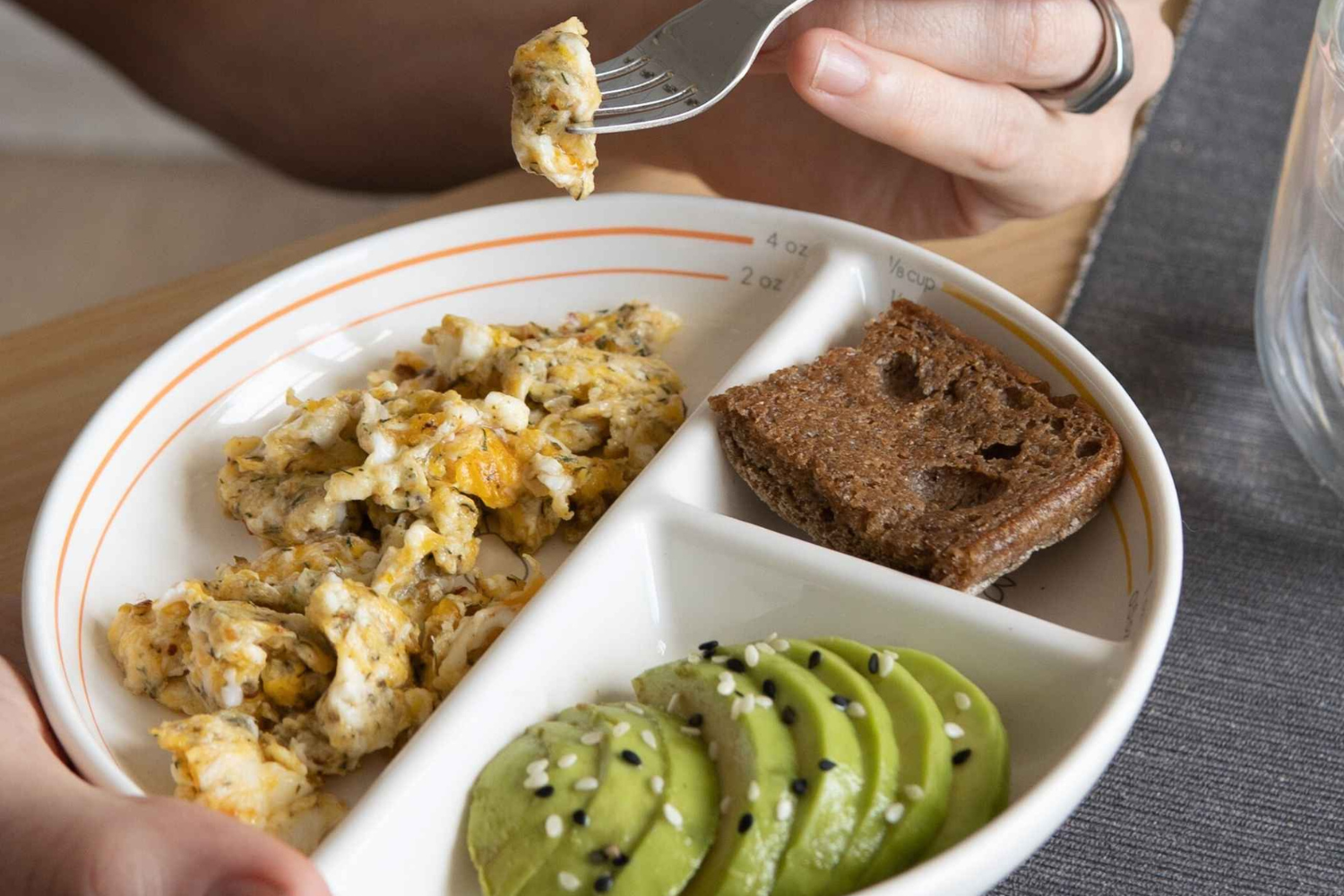
Learn how to use your heart rate as an effective tool for weight loss with this easy-to-follow guide! Find out the optimal pace at which to exercise and use that information to reach your goals.
1. Monitor your resting heart rate.
Monitoring your resting heart rate is a great way to get an indication of your current fitness level and help you determine an optimal target heart rate for exercise. Your resting heart rate is the number of times your heart beats per minute when you are not exercising. Generally, if your resting heart rate is lower than normal it could signal increased or improved cardiovascular fitness. To measure, take your pulse for 30 seconds and multiply that number by 2.
2. Measure your target heart rate zone.
To calculate your target heart rate zone, you can use the Karvonen formula. This formula determines the intensity at which you should exercise based on your age and resting heart rate. For weight loss and overall fitness improvement, aim to exercise within 50-85% of your maximum heart rate. This intensity range is optimal for maintaining a steady enough pace to increase calorie burn while also ensuring you don't overdo it.
3. Understand the different types of cardiovascular exercises and how they affect your heart rate.
Cardiovascular exercises, also known as aerobic exercises, are any sustained physical activity that increases your heart rate and burns calories. Examples of cardiovascular exercises include running, swimming, biking, jumping rope, jogging, and skipping. These activities can have different effects on your heart rate depending on the intensity of your efforts. Low-intensity activities will elevate your heart rate to a lower range while more high-intensity cardio workouts can put more strain on your cardiovascular system and push it up to higher levels.
4. Adjust intensity levels to ensure optimal results from your workout sessions.
Your cardio workout should have some variation in its intensity levels, especially when trying to achieve certain health and weight loss goals. Start by determining your maximum heart rate—220 minus your age—and then use this value to adjust the intensity of your movements. When aiming for weight loss, aim for 60-80% of your maximum heart rate for around 30 minutes of cardio a day. For greater intensity, increase the amount of time you spend doing an activity or opt for more intense exercises like sprints or hill intervals.
5. Use a heart rate monitor for accurate measurement and tracking of progress towards goals.
Investing in a heart rate monitor can help give you an accurate picture of how hard you are actually working when exercising. By having the ability to track your heart rate and calories burned during a workout, you can tailor your exercise routine to achieve your desired results. Heart rate monitors also allow you to adjust the intensity of an activity – either by speeding up or slowing down – so that you’re working at the optimal target rate for calorie burning and weight loss. Additionally, having a heart rate monitor can motivate you to reach certain goals as your progress is always visible.


